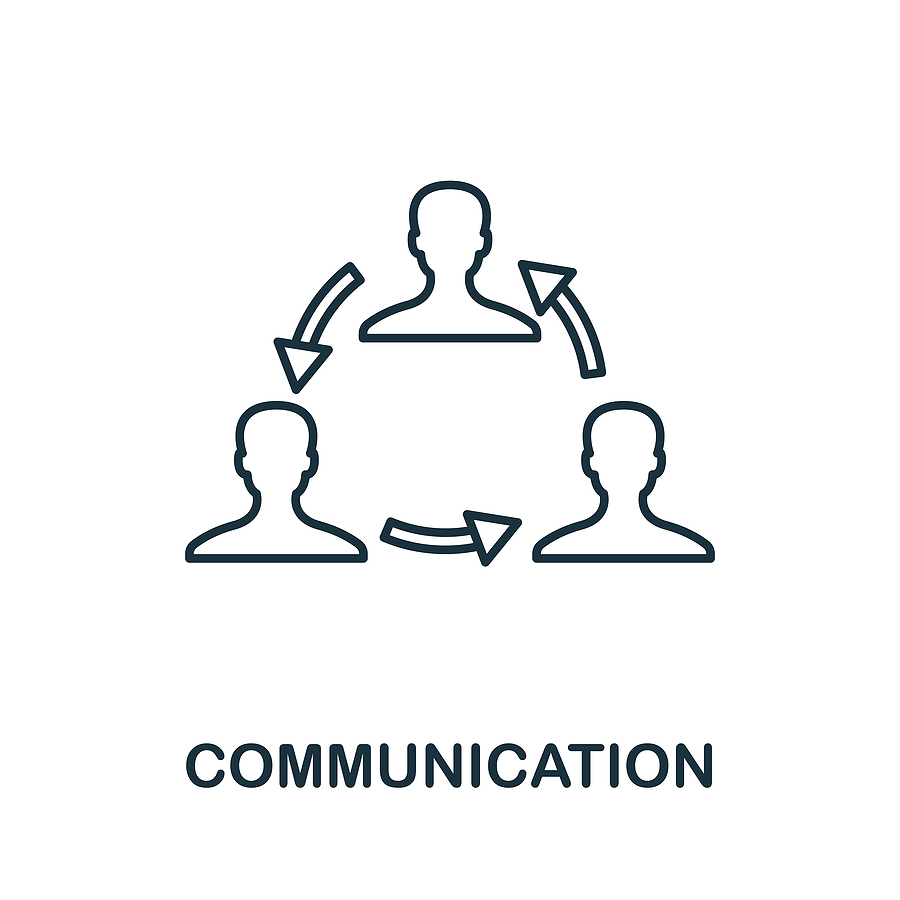This post was last updated on September 26th, 2022 at 04:22 pm.
Essential Features For Church Member Software
In any church member software, there are essential features that make weekly and daily processes easier and faster. These features include, but are not limited to — communication, running payroll, entering donations, and updating contact information. Let’s go over some of these processes and why they are important to have.
Communication Processes
One of the most used features in church membership software is the communication module. This takes many forms such as email or text messaging. Churches sometimes send announcements to a group of people or a church-wide email. There are other uses for mass communication- the ability to send donor statements for instance. IconCMO can help with all of these communication tasks!
Contact Us for a 1-on-1 Guided Tour!
Thanks for scheduling a time with us!
Looking forward to talking with you,
Carrie at Icon Systems, Inc.
Why is communication important today? Churches must react faster to community changes than they have before. They notify their church members of inclement weather, last-minute changes to the child check-in process, cancellations, and so on. In the past, the church would use the old grapevine communication method which worked okay. Today, the grapevine doesn’t work nearly as well for many reasons. The church may be too large, church members too spread out, or just the sheer speed that information disseminates can hinder the process.
Tracking Donations
One of the main reasons why a church needs membership software is to track donations for its members. If churches fail to track donations and provide a tax statement, they can expect to receive fewer donations the following year. Donors must receive a donation statement for their taxes and if they don’t receive it, they can’t take a tax deduction in most cases. If they don’t receive a statement, then it’s likely they will donate to other organizations that will provide a statement. This isn’t to suggest that donors only donate to get a tax deduction. However, receiving a tax deduction statement is icing on the cake for a donor as it makes their job easier when filing taxes.
Donation Entry
Giving your donors a tax deduction statement can’t happen without donation data in the database. This data affects everything from tax statements to reporting for the church. How can the church process the entries quickly and efficiently? One way to efficiently process donations is to get as many people as possible to sign up for online recurring donations. When donors use online recurring donations, if the church software is integrated with the online processor, it will automatically update the donors’ records. The staff or volunteers won’t have to enter the donations manually.
What about entering in donations that aren’t processed online?
There will always be donors that give their donations via check or cash and are unwilling to change to an online process. For these donations, there are limitations of what the church can do to make donation entry fast for staff and volunteers. Streamlining the entry process in the software might help. Keep in mind that by streamlining the process you don’t cut corners. The church must follow the financial standards. In other words, having streamlined church software is great, but if the church gets into legal trouble, then what good is the program? Another thing to review is how the volunteers count the money. Is there anything that can be streamlined in that process?
Church Data Reporting
As we discussed earlier, donation statements are very important to donors and churches. However, there are other types of reports that churches need such as payroll tax reports, financial reports, and membership demographic reports. Churches need reports that show various demographical data such as age, what groups people belong to, who attended last week’s service, and so on. Also, churches use payroll reports to submit tax payments to the IRS and other taxing entities or health care and retirement organizations. Without a payroll package, churches would be lost and more than likely in legal trouble when paying their taxes to the government or cutting employees’ paychecks.
Historical Giving Data
Historical donation data gives the church a perspective of how the organization is doing financially through the years. In most systems, there are multiple levels of data available to help the church. For instance, churches can look at an individual’s giving trends to see if donors are increasing year after year. This individual data works great for stewardship leaders when they’re meeting with donors and encouraging them to possibly donate more. At the organizational level, the church leaders can see how the aggregated donations are increasing (or decreasing) year after year.
When applying for a loan, churches are required to provide historical giving data to the loan officer. The loan officer will ask for the last 3 – 5 years of total giving. In addition to the historical giving data, the loan officer will request financial statements. These financial statements should match the donation reports or they will raise red flags. This is yet another reason to have the donation and accounting records in one system.
Tip: A church should never hand over donors’ private information to a bank or another entity without sound legal advice.
Payroll And Accounting
Software companies that only offer church membership with no accounting system included will lead the church down the wrong path every time. Why?
- It’s cost-prohibitive having two systems.
- It’s not integrated with donations.
- It forces churches to enter data twice — once for donations and once in their accounting system.
- More than likely, the accounting system will not follow the FASB regulations for churches because the church will use a retrofitted for-profit-based system like Quickbooks that says they are a nonprofit system.
TIP: Quickbooks does not follow FASB guidelines.
All of the above reasons are why churches should always try to have one system to handle their church membership, donations, accounting, and payroll. It simplifies the entire process for the church, keeps the data in one database, cuts down on unnecessary processes, and lowers their overall cost. One thing to keep in mind is that it’s not enough to have an accounting system in place; the church must follow all IRS and FASB regulations with whatever solution they decide to implement. The church should fully understand these requirements to ensure the software follows the regulations, as they say, they do. In other words, don’t just take the software vendor’s word that it follows the guidelines — test it yourself!
Church Member Software Comparison Criteria
When evaluating church member software, the church must review many characteristics of the software for each prospective solution. Using a spreadsheet or matrix to compare these characteristics for each software solution is what most IT consultants use. These characteristics are overarching themes in any software that make the software features, like the ones above, either easy or hard to use. These characteristics also help in the areas of efficiency and accuracy.
Church Member Software Summary
Every church must work out an essential list of features they want and need. The items discussed here aren’t an exhaustive list but are a good starting point for any church’s initial evaluation. The one thing you will notice is that we have not discussed price in this whole conversation. Finding the right software fit is more important than price. Price discussions should come much later after the church decides which solution best fits their daily processes! Church leaders that look at the bottom line first, typically make a huge mistake.


Leave a Reply